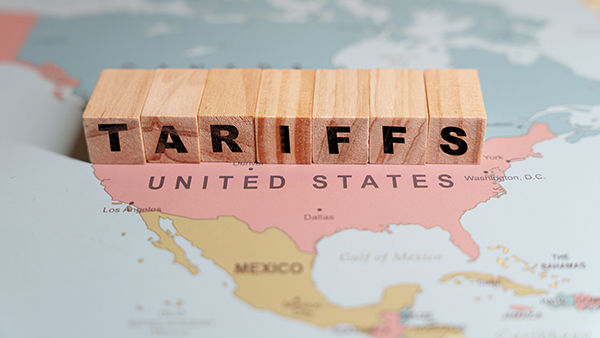Blockchain has the power to change the nature of corporations. It is critical that every investor understands this new technology and its implications. For the first time in history, assets can be transferred peer-to-peer without an intermediary, using an internet of value.
The potential of the second era of the internet
The second era of the digital revolution is here, and it has the potential to change everything about the way we interact around the world. The technology behind this new revolution is called ‘blockchain’ – the underlying technology behind cryptocurrencies like bitcoin and ether. Using cryptography, some clever code and collaboration, blockchain creates a decentralised network with trust built into the system.
The ‘double-spend’ problem
For the past few decades the digital revolution has been defined by the ‘internet of information’, which has democratised the way we communicate around the world. It enables low-cost, massive peer-to-peer communication where everyone is an active participant. However, when I send an email on that internet of information, I am in fact sending ‘a copy’ of that email. That system works well for information, but not for things with some sort of underlying value, which depends on scarcity. Things like money, stocks, bonds, votes, carbon credits, data, intellectual property and art cannot be reproduced infinitely if we hope to maintain their value. If someone can infinitely copy the $100 they just sent somewhere, that $100 suddenly has no value. This is called the ‘double-spend’ problem.



